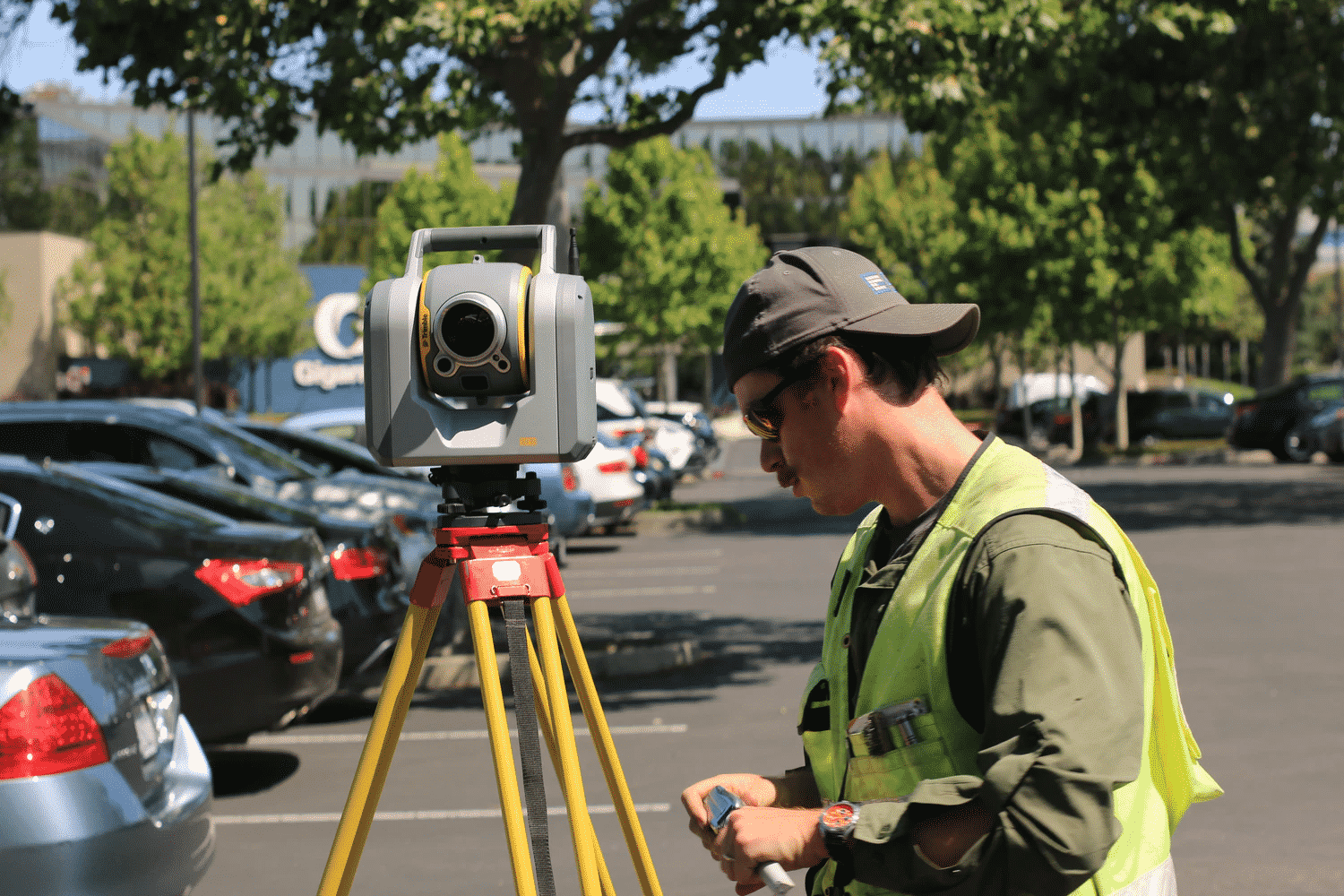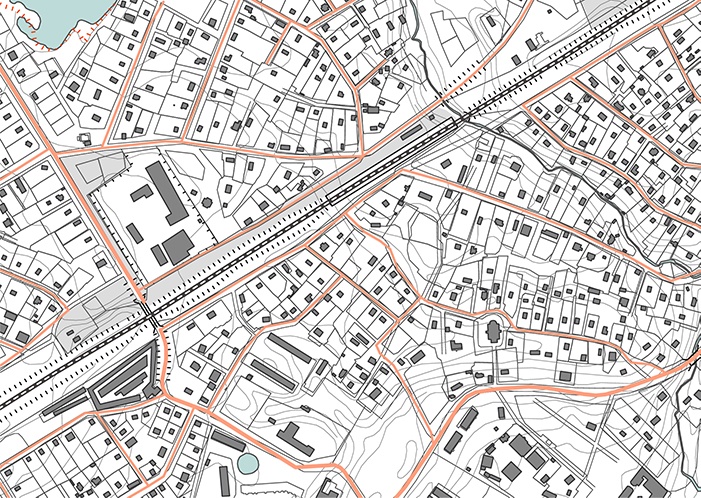Specialist Topographical Surveyors: Masters of Accuracy Mapping
Wiki Article
Charting the Course: Revolutionizing Surveying Services for Improved Environmental Conservation and Source Management
Are you thinking about the future of evaluating services and their effect on environmental conservation and resource management? Look no more. This short article will take you on a journey of advancement and exploration, as we explore the advancements in evaluating modern technology and methods that are changing the field. building movement monitoring. Discover how integrating Geographic Details Systems (GIS) and leveraging remote sensing techniques are improving conservation initiatives. Join us as we discover the vital role of surveying professionals in driving lasting growth and preservation.The Relevance of High-Quality Surveying in Environmental Conservation
Top notch surveying is crucial for effective ecological preservation and source administration. When it concerns shielding the setting and managing our precious resources, accurate data is paramount. With high-quality surveying, you can collect accurate information concerning the land, water bodies, and environments, enabling you to make enlightened decisions and take appropriate activities.By employing high-grade checking techniques, you can precisely map out the surface, identify delicate areas, and examine the impact of human tasks. This data is essential for establishing effective preservation methods and executing lasting resource management strategies. With precise surveying, you can keep an eye on modifications in the atmosphere over time, enabling you to track fads, recognize potential threats, and take timely measures to alleviate any type of unfavorable results.

Advancements in Checking Innovation for Resource Management
You can easily stay updated on the most recent advancements in evaluating modern technology for better source management. As modern technology proceeds to advancement, so does the area of evaluating. New strategies and devices are continuously being established to improve the accuracy and performance of evaluating processes, ultimately causing extra effective resource monitoring.One of the essential advancements in checking innovation is the use of drones. Drones geared up with high-resolution cams and LiDAR sensing units can record in-depth imagery and collect information in a portion of the time it would take using traditional surveying methods.
An additional crucial technology is making use of Geographic Information System (GIS) technology (topographical surveys). GIS enables property surveyors to gather, analyze, and imagine data in a spatial context. By integrating information from various sources, such as satellite images, aerial photographs, and ground studies, GIS enables land surveyors to produce topographic maps and models that can be used to make educated decisions regarding resource administration
Integrating Geographic Information Equipment (GIS) in Surveying for Enhanced Preservation Efforts
By incorporating Geographic Information Equipment (GIS) right into your checking techniques, you can significantly boost your conservation initiatives. GIS allows you to gather, analyze, and picture spatial data, supplying important understandings into the atmosphere and sources. With GIS, you can accurately map and check ecological communities, track modifications with time, and recognize areas of high conservation worth.One of the crucial advantages of making use of GIS in evaluating is the ability to make educated choices based on detailed information. By superimposing numerous layers of info, such as land usage, vegetation cover, and wild animals habitats, you can determine locations that call for immediate attention for conservation. This assists you prioritize your efforts and assign resources extra efficiently.
GIS likewise enables you to team up and share data with other stakeholders associated with preservation initiatives. You can conveniently connect your recommendations and findings to government companies, non-profit organizations, and regional neighborhoods, cultivating a collective approach towards environmental protection.
Moreover, GIS improves the precision and performance of surveying tasks. By integrating GPS technology with GIS, you can accurately locate and map features on the ground. This reduces human mistake and makes certain that your surveying data is updated and dependable.
Leveraging Remote Sensing Strategies for Ecological Surveillance and Evaluating
Leveraging remote noticing methods improves the efficiency and precision of environmental monitoring and evaluating. By making use of sophisticated satellite imagery, aerial digital photography, and various other remote sensing technologies, you can collect important data about the Planet's surface and its features without literally being present in the field. This permits you to cover big areas promptly and cost-effectively, saving both time and resources.
With remote noticing, you can get high-resolution photos of the environment, enabling you to determine and check changes in land cover, plants health, and water bodies. This info is vital for assessing the impact of human activities on communities and taking care of all-natural sources efficiently - site setting out engineer. In addition, remote sensing methods offer beneficial insights into environment patterns, allowing you to examine climate condition, screen temperature level adjustments, and predict natural catastrophes such as hurricanes or wildfires
In addition, remote sensing can be used to keep track of and discover air pollution sources, track the spread of intrusive varieties, and analyze the quality of air and water. By utilizing spectral analysis, you can determine details toxins and their resources, aiding to develop strategies for pollution control and prevention (topographic survey). This innovation also plays a vital duty in wildlife preservation, as it allows you to check pet environments, track movement patterns, and determine areas of high biodiversity
The Role of Evaluating Specialists in Sustainable Growth and Preservation
With remote noticing methods, surveying professionals play a vital duty in advertising lasting advancement and conservation efforts. As a surveying specialist, you go to the leading edge of utilizing advanced innovation to collect critical information regarding the atmosphere. Via aerial and satellite imagery, LiDAR, and various other remote noticing tools, you have the ability to gather thorough and precise information concerning land cover, plant life, water resources, and various other crucial natural attributes.You additionally play an essential function in analyzing and translating the accumulated information to provide beneficial insights for lasting development and preservation tasks. Furthermore, your knowledge in evaluating methods permits you to precisely map out borders and demarcate safeguarded areas, making sure the effective administration and preservation of natural sources.
In cooperation with other specialists, such as environmental researchers and policymakers, you add to the formulation of sustainable growth strategies and preservation strategies. Your competence aids in identifying potential disputes in between growth and preservation objectives, allowing stakeholders to make enlightened decisions that balance financial development with environmental management.
Total, as a surveying expert, you have an essential duty in promoting lasting development and preservation initiatives. measured building survey. Your skills in remote picking up and information analysis are important in supplying the necessary information and insights for reliable ecological management and conservation
Final Thought

Are you interested in the future of evaluating solutions and their effect on environmental conservation and resource monitoring? In addition, specific evaluating information aids in the identification of ecologically delicate locations, enabling for the establishment of protected zones and the implementation of proper preservation actions.
In addition, your expertise in surveying strategies allows you to accurately map out boundaries and demarcate protected areas, guaranteeing the efficient management and conservation of all-natural sources.
In conclusion, surveying solutions play a vital duty in enhancing environmental conservation and source monitoring. By making use of cutting-edge technologies such as geographical info systems (GIS) and remote sensing strategies, checking professionals can properly gather data to sustain preservation efforts.
Report this wiki page